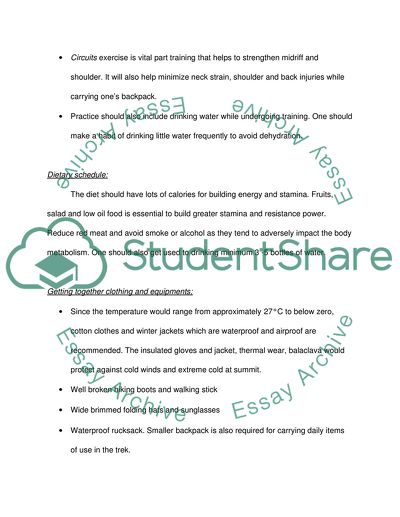Cite this document
(Kilimanjaro a Trekking Guide to Africas Highest Mountain Assignment, n.d.)
Kilimanjaro a Trekking Guide to Africas Highest Mountain Assignment. Retrieved from https://studentshare.org/tourism/1766826-kilimanjaro-challenge
Kilimanjaro a Trekking Guide to Africas Highest Mountain Assignment. Retrieved from https://studentshare.org/tourism/1766826-kilimanjaro-challenge
(Kilimanjaro a Trekking Guide to Africas Highest Mountain Assignment)
Kilimanjaro a Trekking Guide to Africas Highest Mountain Assignment. https://studentshare.org/tourism/1766826-kilimanjaro-challenge.
Kilimanjaro a Trekking Guide to Africas Highest Mountain Assignment. https://studentshare.org/tourism/1766826-kilimanjaro-challenge.
“Kilimanjaro a Trekking Guide to Africas Highest Mountain Assignment”, n.d. https://studentshare.org/tourism/1766826-kilimanjaro-challenge.


